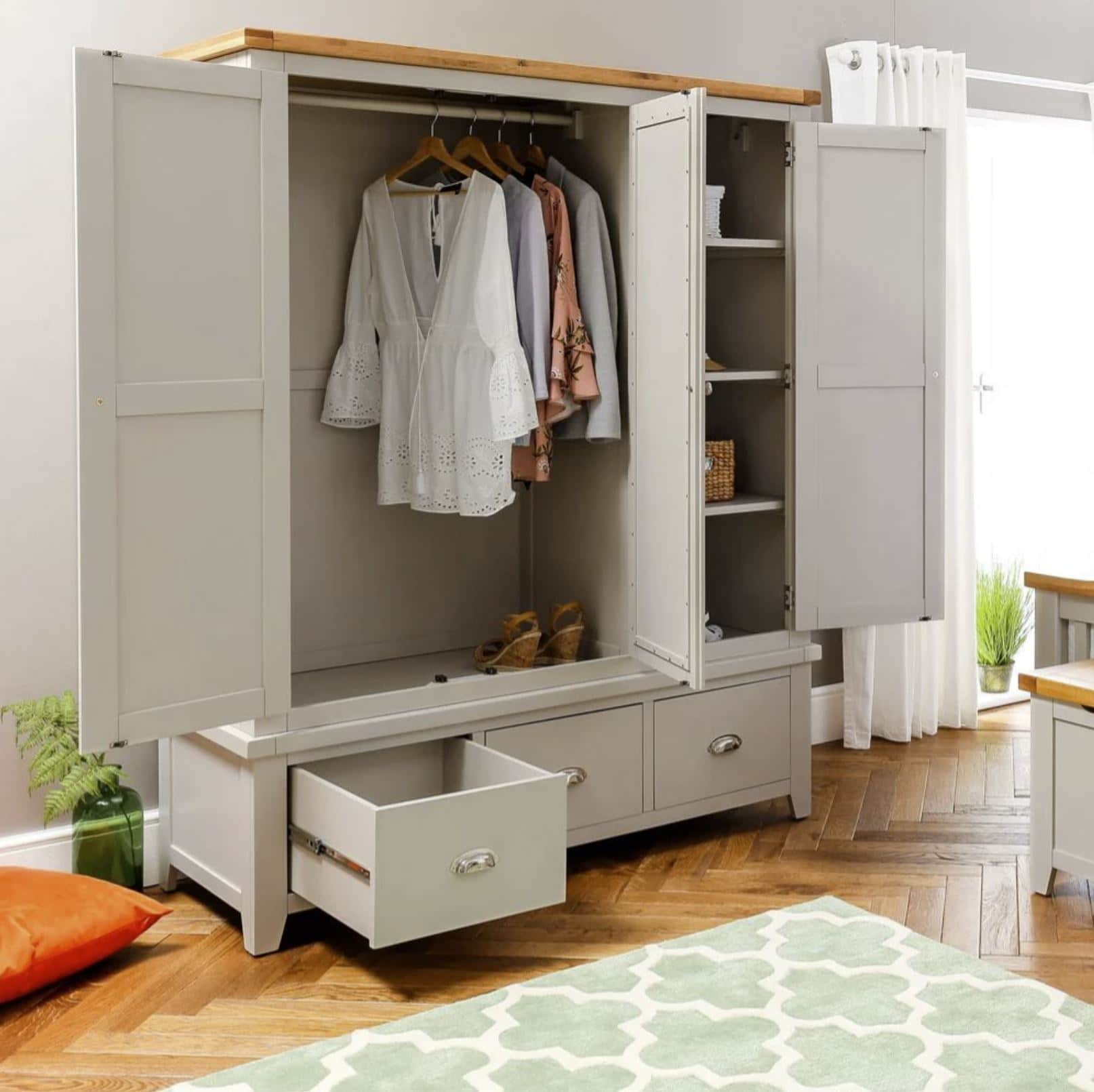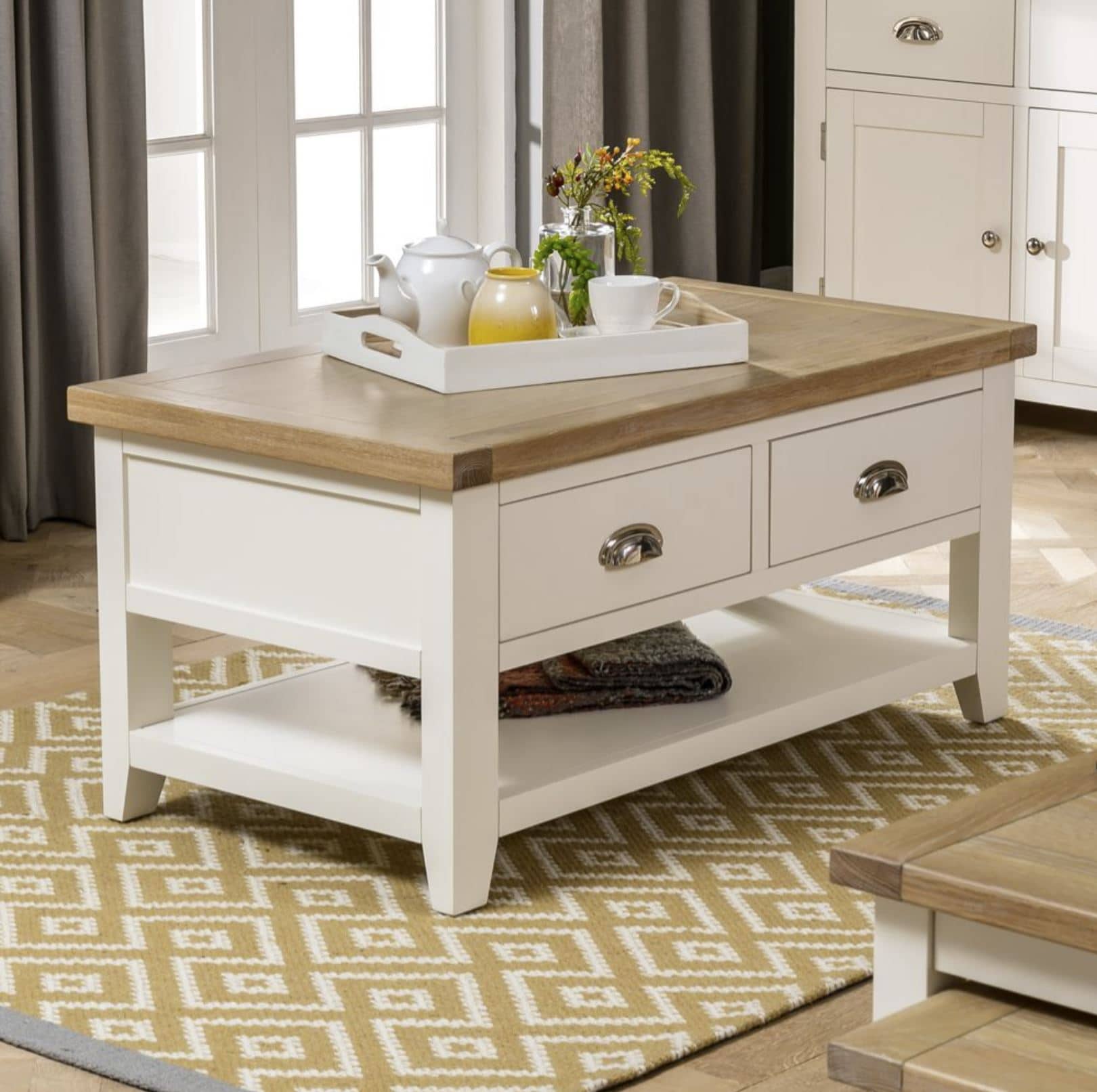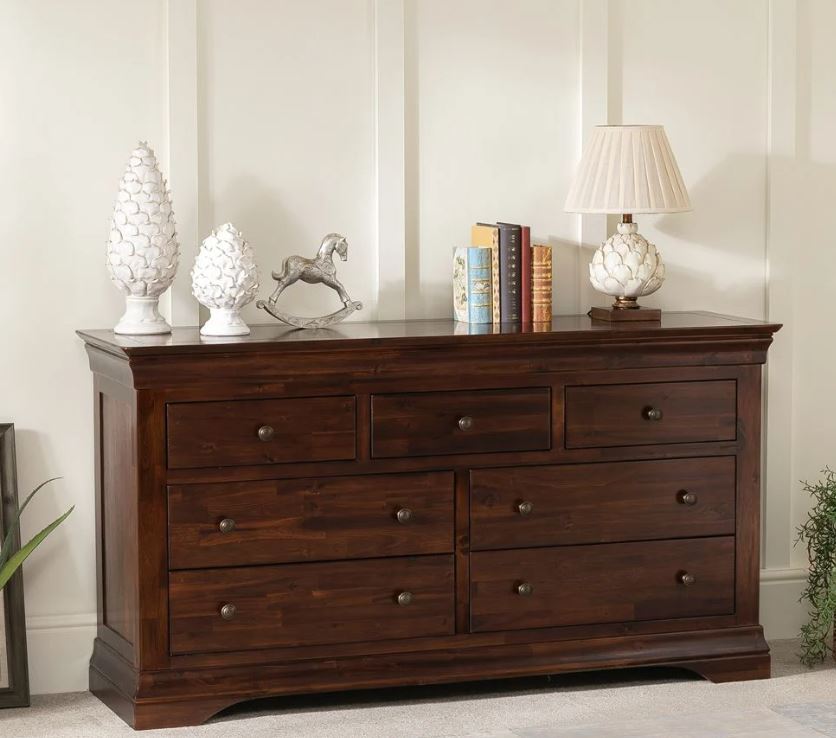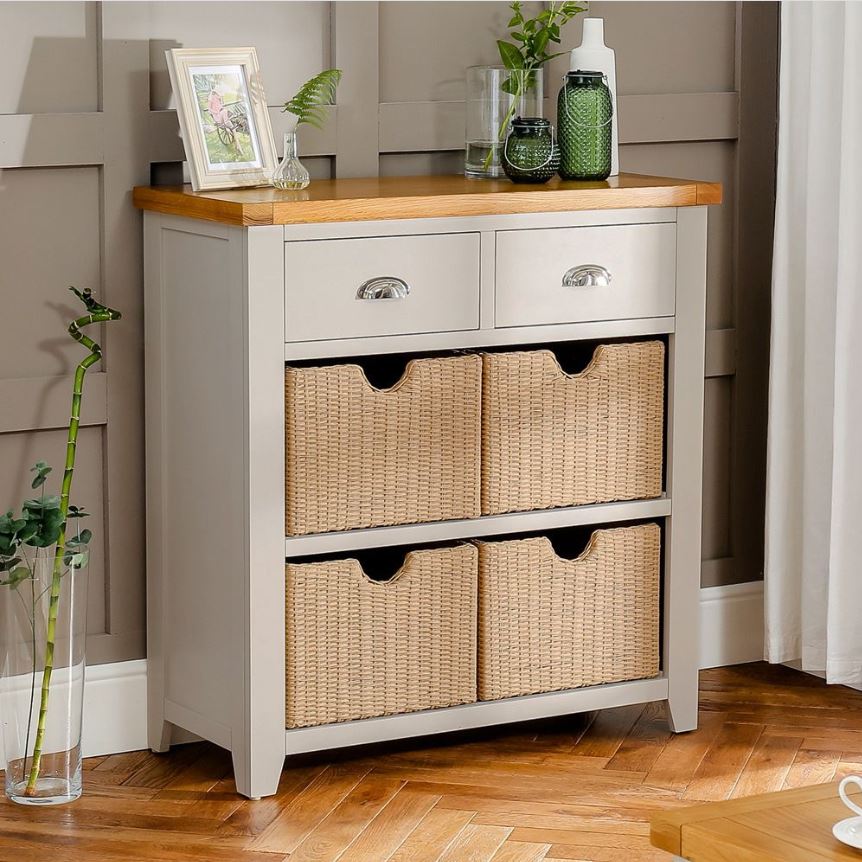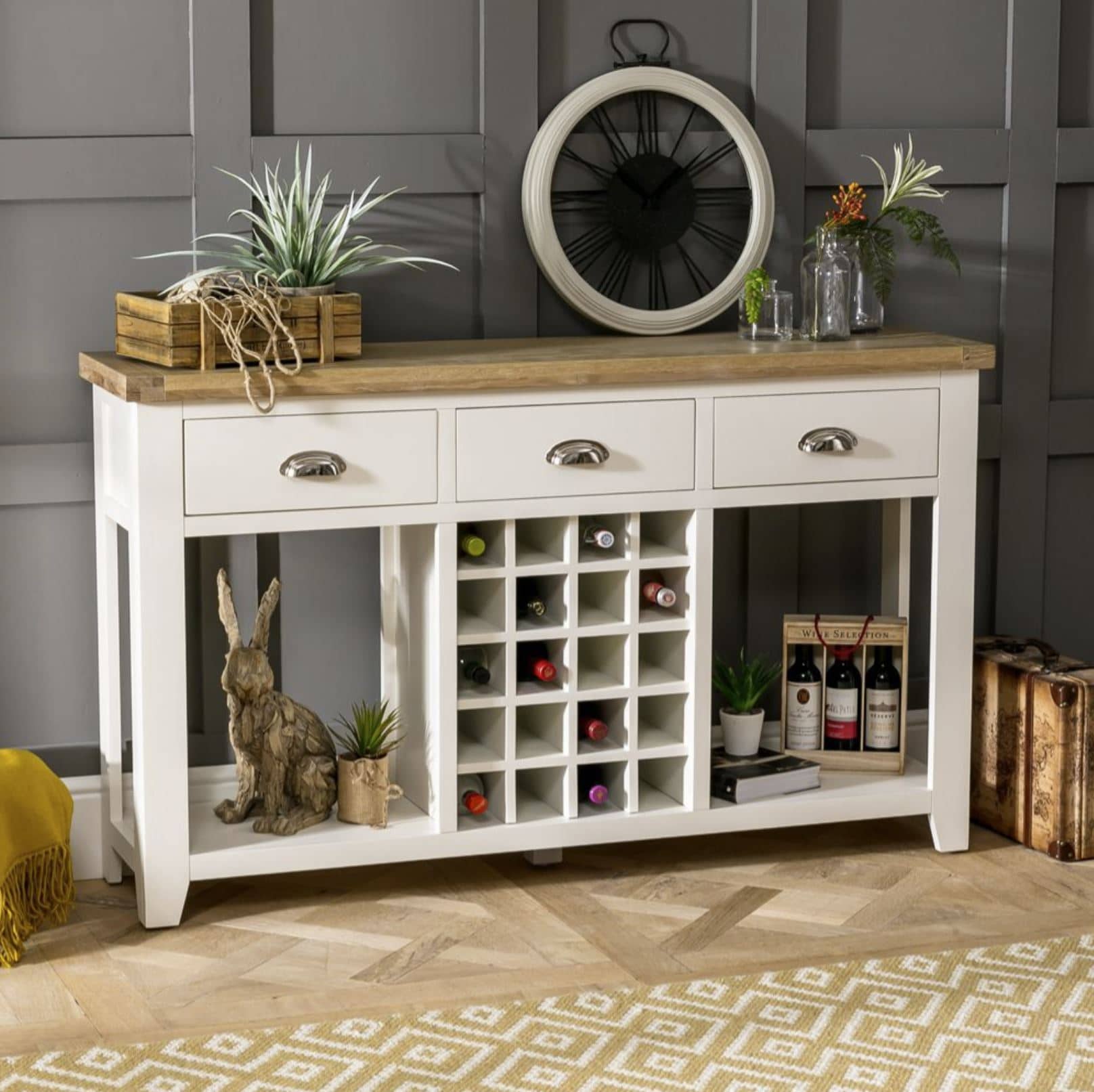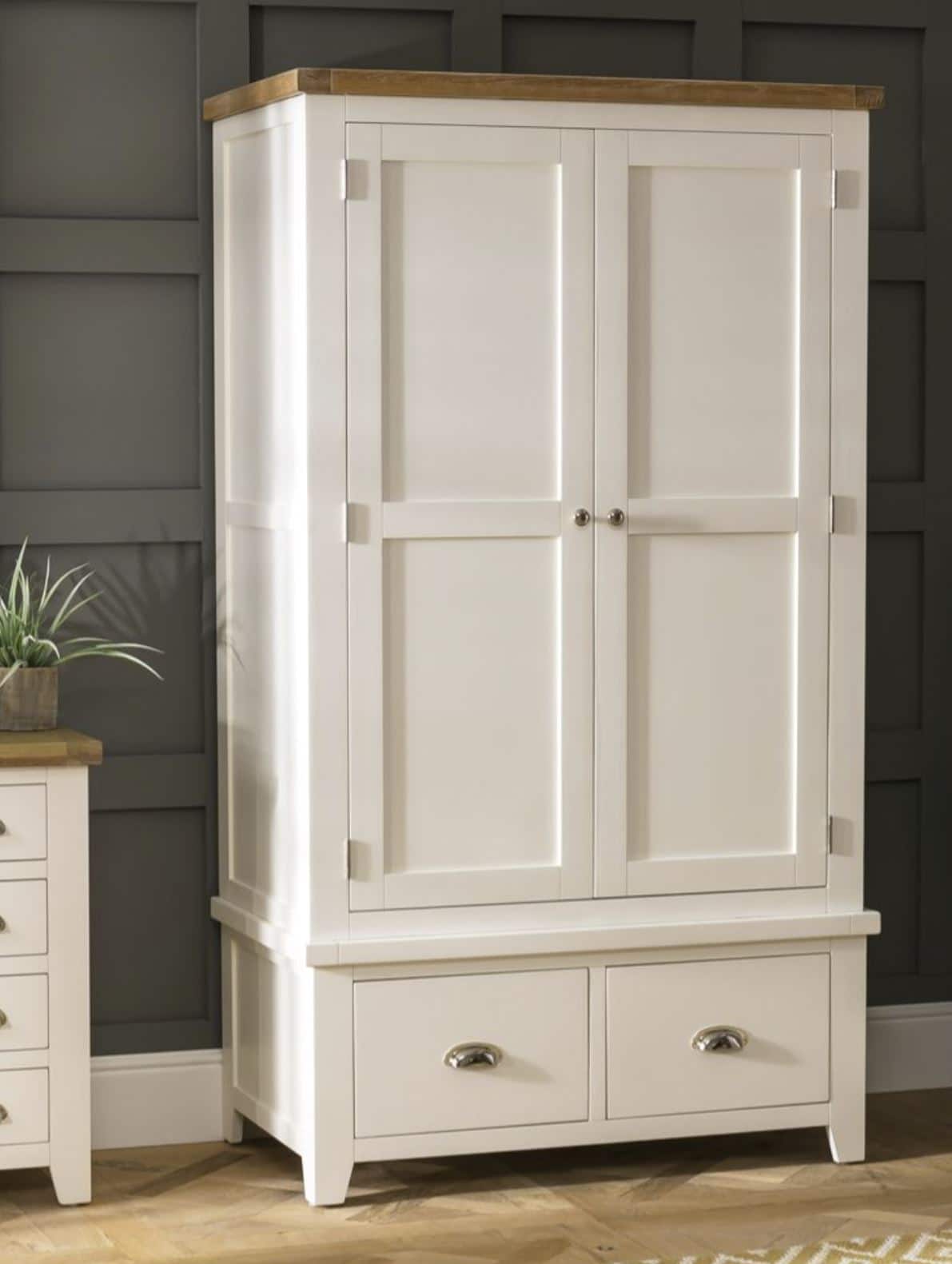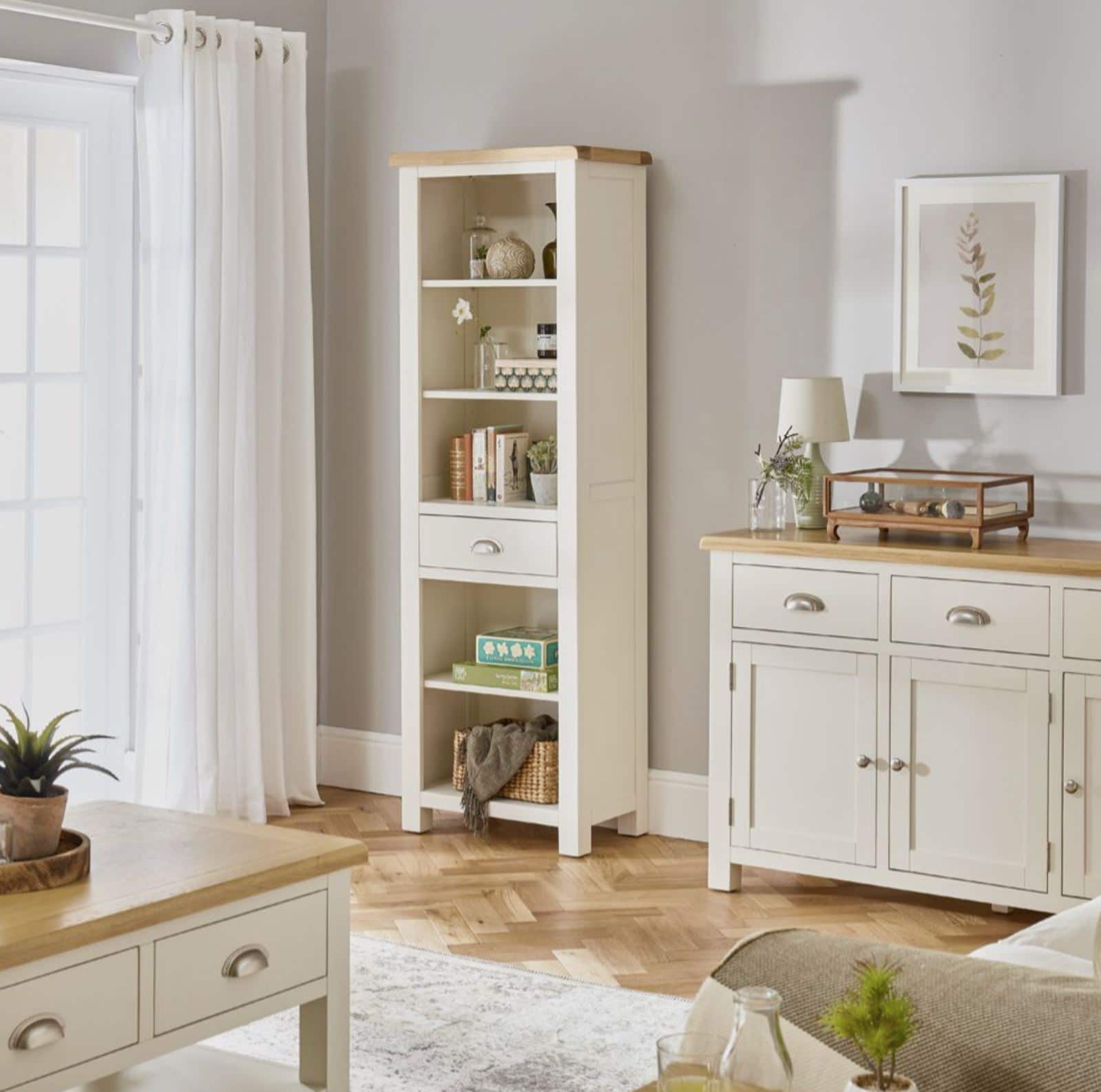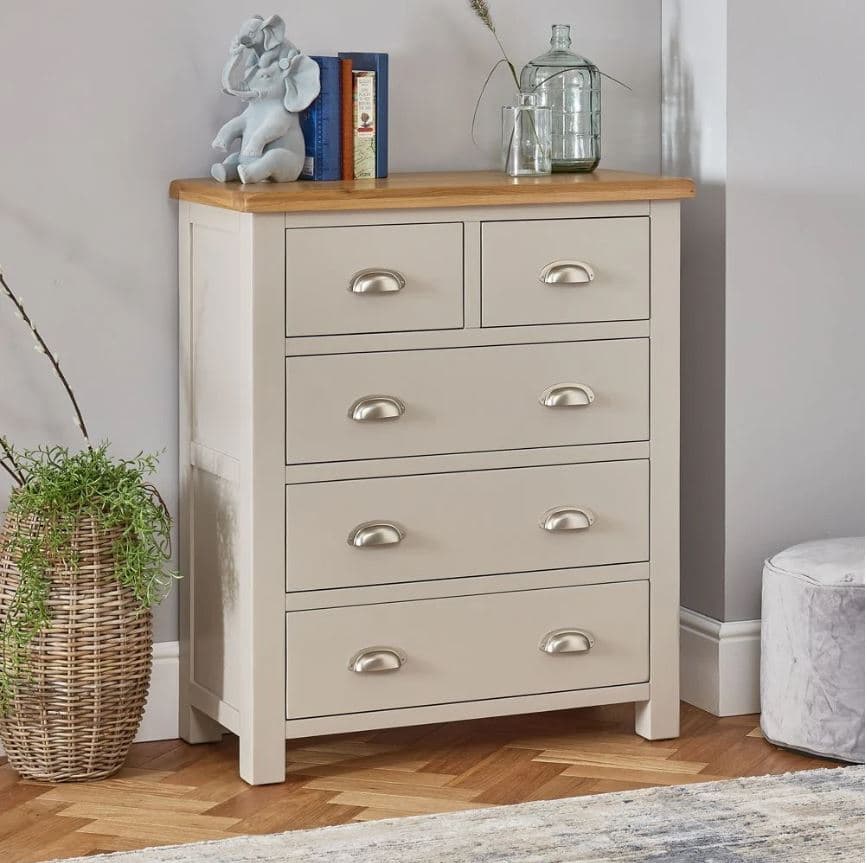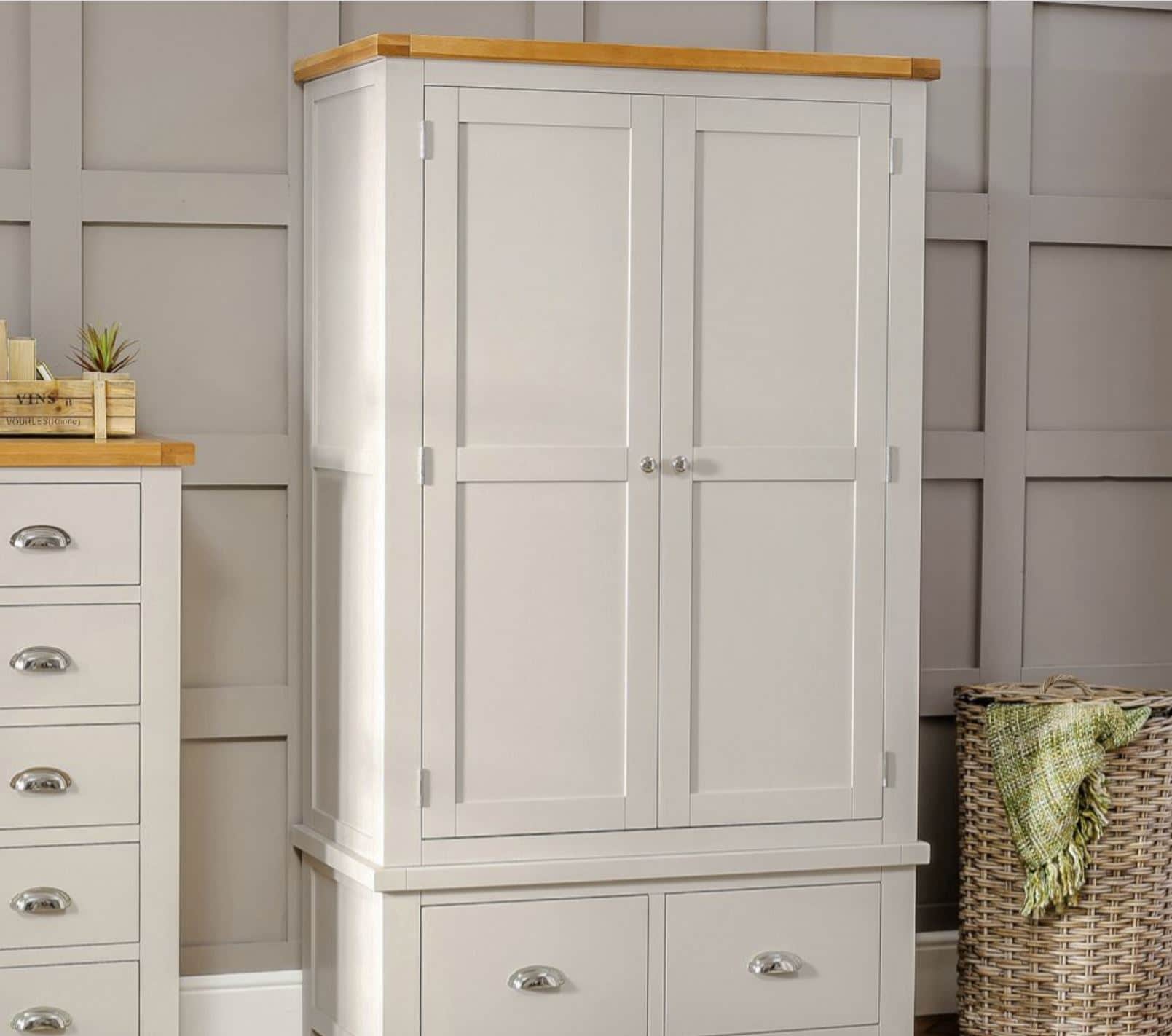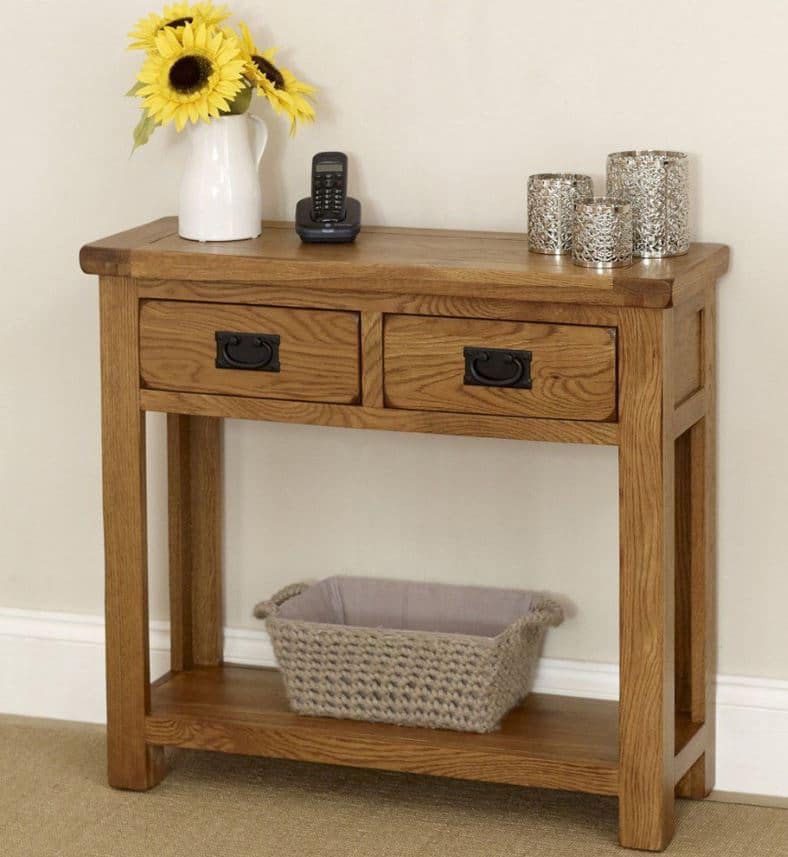How to Create a 1920s Style Interior
- By Alicia Newman
- Interior Design Ideas
- views
During the early 1920s modernism was sweeping across Europe with its austere and simplified look and architects began to design items for the home as well as the buildings themselves. The mid to latter part of the period saw the arrival of Art Deco style interiors that had already become popular in chic Parisian homes. Hollywood style influences could also be seen in the arrival of cocktail cabinets and elaborate accessories as well as fabrics and motifs brought back from the newly popular trend of the African safari.
Overall the 1920s is considered a chic and glamorous period that saw the beginning of the term ‘interior designer’ as wealthy homeowners looked for ideas to create lavish and stylish interior spaces to hold their dinner parties, balls and social events (Think ‘The Great Gatsby’ and ‘Downton Abbey’).
Colour schemes during this period embraced dramatic and glamorous colour tones such as gold, silver and black as well as sleek monochrome palettes that were sophisticated and eye-catching. Bold areas of black gloss on a wood floor or a silver leaf ceiling or wall created a shimmering and opulent ambiance that worked particularly well in living room and bedroom areas. These rich colour palettes were paired with elegant parquet flooring with a glossy sheen or art deco inspired chequerboard and geometric tiles for a complimentary lustrous finish.
Unlike previous flamboyant period decor, walls during the 1920s were kept simple with little to no excessive and decorative plasterwork or panelling. Gloss paint was a popular choice for walls and ceilings as it gave an illuminating sheen that complimented the sleek styles and shapes of 1920s furniture designs. Large rugs were used to create a focal point in a room with curvaceous circular styles taking centre stage beneath a coffee table or grand dining table. Rugs featured typical Art Deco geometric patterns that featured bold and contrasting colours or many homes incorporated an eastern or African influence with a selection of oriental motifs or zebra and cheetah hide designs.
Lighting was one of the main features of 1920s interiors with glamorous and decadent designs replacing more traditional and basic forms. Popular designs of the period were an elegant female form holding a fluted, fan shaped or spherical lamp shade or more stylised art deco, skyscraper shapes. The sculptural bases were crafted from bronze or silver and newly popular chrome to balance the illuminating glass shades that were normally etched, frosted or enamelled to create a chic and sophisticated finish.
1920s interiors were all about metallic materials that created a sense of luxury and opulence without being overly flamboyant. Satin was a popular choice due to its shimmering nature and worked extremely well as curtains, bedding and upholstery. Other more natural fabrics such as cotton would be adorned with a selection of metallic embroidery or decoration for added detail and visual texture. Much like the rest of the decor, any cushions or curtains would be either sleek and plain or bold and intricate with geometric patterns and bold monochrome and metallic colour combinations.
Accessories made a huge impact on the overall appearance of 1920s interiors. With items becoming more striking and intricate home owners were moving away from the cluttered style of Victorian and Edwardian interiors and concentrating on singular statement pieces. Grand and elegant bronze and chrome statues were a prominent feature in 1920s homes and featured simple female figures or curvaceous art deco fan designs. Resin and Bakelite was used in light switches and ornamentation and was a hugely popular material for home accessories of the period. Luxurious touches were added with tortoiseshell and enamel jewellery boxes and dressing table items with mother of pearl featuring heavily on vases and desk stationary. Peacock feathers were an elegant feature that was most often seen in the bedroom, dressing room or parlour and could be displayed in a vase or as a wall display in an art deco fan shaped arrangement.
To complete the classic 1920s look, furniture was showcased as individual statement pieces rather than sets and suites in matching finishes. Modernist designs from Le Corbusier and Eileen Grey were popular choices in the majority of homes with their shimmering chrome frames and curvaceous fluid style. Lacquered, deep hardwood furniture was indicative of the Art Deco period and created a sense of class and sophistication within the home. Mirrored furniture became a hugely popular choice for wealthy home owners and created a sense of shimmering glamour and opulence against the chic monochrome interior decor and metallic elements of 1920s design. Mirrored sideboards and dressing tables were further complimented with matching art deco wall mirrors that created a sense of space and light against the dark and bold colour palettes.
For more ideas on creating a classic 1920s interior take a look at our latest Pinterest board - Pinterest - 1920s Interiors and for a shimmering range of complimentary furniture designs check out our elegant Mirrored Furniture collections.

